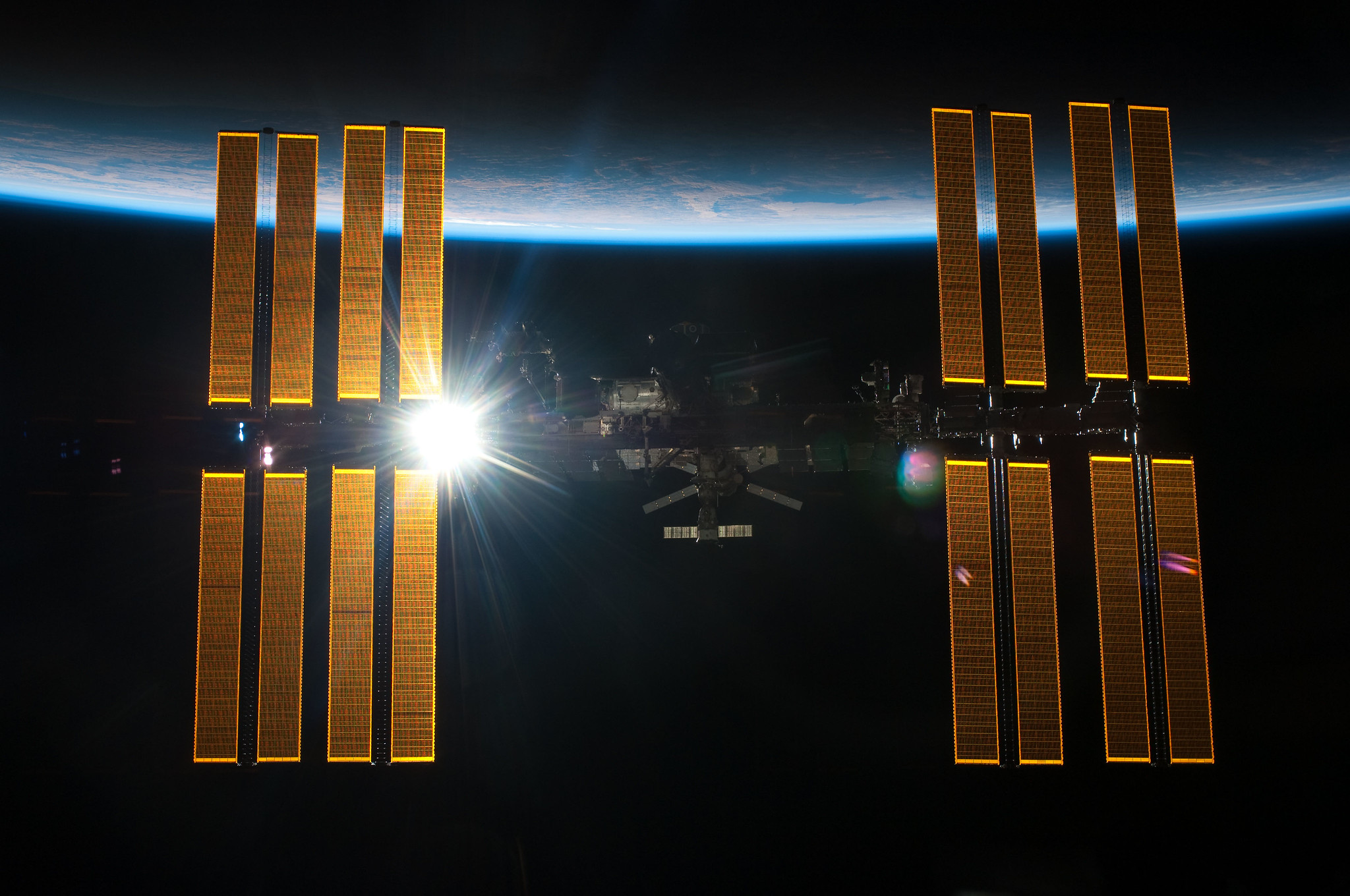
Solar power has achieved a new milestone as scientists have proven that it can be transmitted wirelessly in space and beamed to Earth.
This milestone was accomplished through the Space Solar Power Project (SSPP) at the California Institute of Technology (Caltech), which aims to capture solar energy in space and send it down to our planet’s surface.
The SSPP’s space solar power prototype, known as Maple, is a significant part of this research. Maple, or the Microwave Array for Power-transfer Low-orbit Experiment, comprises a collection of lightweight and flexible microwave power transmitters.
These transmitters, constructed using specially designed electronic chips, are responsible for beaming the harvested energy to specific locations.
Lightweight energy transmission arrays
To achieve their goals, scientists emphasized the importance of making these energy transmission arrays lightweight.
By reducing their weight, less fuel is required to launch them into space. Furthermore, flexibility is essential to allow the arrays to be folded up and easily transported in a rocket.
In a recent statement, Ali Hajimiri, a professor of Electrical Engineering at Caltech, shared his views on the progress of their experiments with Maple, the space solar power prototype.
Scientists at Caltech say they successfully transmitted #space-based #solar power to #Earth. It's the Holy Grail of the scientific community.
The #technology carries the promise of potentially unlimited renewable #energy.
Stay tuned.#Science #Energy #Solarpower #Microwaves pic.twitter.com/wmuFxcyZLV
— Joel Fan (@JoelFanMusic) June 6, 2023
Hajimiri confirmed that through their conducted experiments, they have received confirmation that Maple can successfully transmit power to receivers located in space.
Moreover, they have achieved the remarkable milestone of programming the array to direct its energy specifically toward Earth, Dr. Hajimiri further said.
As far as Dr. Hajimiri knows, no one has ever demonstrated such a feat, even with expensive and inflexible structures.
However, they have managed to accomplish it using lightweight and flexible structures, along with their own integrated circuits.
After conducting initial tests on Earth, researchers are now confident that the prototype, constructed with materials optimized for space conditions, can withstand the journey to space and operate effectively once there.
The process of light conversion into electricity
The prototype utilizes ultralight and highly efficient materials that have the capability to convert light into electricity. Furthermore, these materials have been specifically designed to be compatible with an integrated power conversion and transmission system.
The system functions by converting direct current power derived from sunlight into radio frequency power, similar to the signals used for transmitting cell phone communications. This power is then transmitted to Earth in the form of harmless microwaves, according to Caltech.
Notably, the Maple prototype features a small window that allows the array to precisely direct and beam the energy towards the desired location.
To ensure accurate targeting, the transmitter array within the prototype incorporates timing-control elements. These elements dynamically focus the power on the intended destination, optimizing the efficiency of energy transmission.
See all the latest news from Greece and the world at Greekreporter.com. Contact our newsroom to report an update or send your story, photos and videos. Follow GR on Google News and subscribe here to our daily email!



